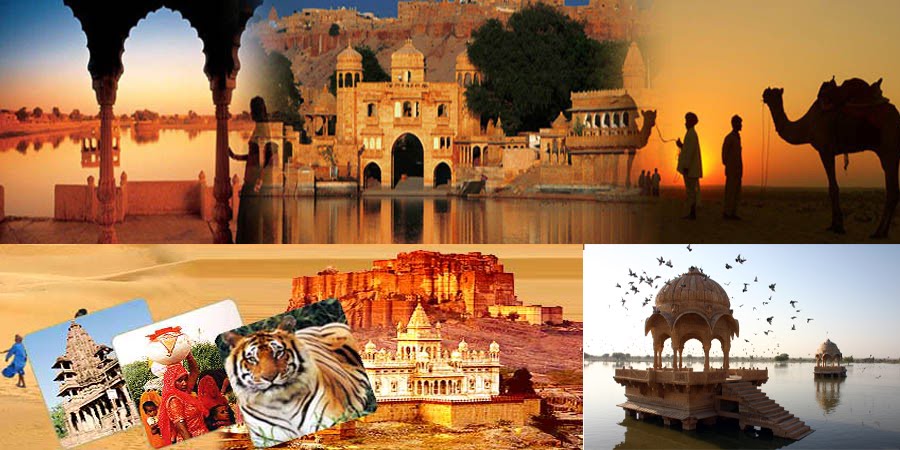Jal Mahal
Jal Mahal, also known as the "Water Palace," is an architectural marvel situated in the middle of the Man Sagar Lake in Jaipur, Rajasthan. This exquisite palace is a stunning example of Rajput and Mughal architectural styles and reflects the grandeur of India's historical and cultural heritage.
Construction and Architecture
Foundation: Jal Mahal was initially built in 1699 by Maharaja Madho Singh I as a hunting lodge and summer retreat for the royal family. The palace was never intended to be a permanent residence but rather a pleasure spot for the kings.
Renovation: In the 18th century, Maharaja Jai Singh II of Amber significantly renovated and expanded the palace and the surrounding lake. This renovation included the construction of the palace's five stories, four of which are submerged when the lake is full, giving the illusion that the palace is floating on water.
Architectural Style: The palace combines Rajput and Mughal architectural elements. It is built using red sandstone and features intricately carved balconies, chhatris (cenotaphs), and arches. The rooftop garden, called Chameli Bagh, offers stunning views and adds to the palace's charm.
Unique Features: One of the most striking features of Jal Mahal is its location in the center of Man Sagar Lake. The palace's reflection in the water creates a mesmerizing visual effect, especially during sunrise and sunset. The submerged floors also serve to keep the interiors cool during the hot summers of Rajasthan.
Historical Significance
Royal Retreat: Jal Mahal served as a leisure retreat for the royal family of Jaipur. It was used for royal picnics, duck hunting, and other recreational activities. The palace's serene setting made it an ideal spot for relaxation and enjoyment.
Engineering Marvel: The construction of the palace and the artificial Man Sagar Lake showcases the engineering prowess of the time. The lake was created by damming the Darbhawati River, and its catchment area was developed to ensure a consistent water supply, which was crucial for the palace's functionality.
Cultural Heritage: Jal Mahal represents the rich cultural heritage of Rajasthan. It stands as a testament to the opulent lifestyle of the Rajput rulers and their penchant for grand architectural projects. The palace's design reflects the fusion of Hindu and Mughal aesthetics, which is a hallmark of many historical structures in the region.
Restoration and Conservation
Decline: Over the centuries, Jal Mahal and Man Sagar Lake suffered from neglect and pollution. By the mid-20th century, the palace was in a state of disrepair, and the lake was heavily polluted due to sewage and industrial waste.
Restoration Efforts: In the early 2000s, the Rajasthan government initiated extensive restoration efforts to revive Jal Mahal and Man Sagar Lake. These efforts included cleaning and desilting the lake, restoring the palace's structural integrity, and developing the surrounding areas to promote tourism.
Public-Private Partnership: The restoration project was a successful example of a public-private partnership. The government collaborated with private entities to fund and execute the restoration, ensuring the preservation of this historical landmark for future generations.
Tourism and Modern Significance
Tourist Attraction: Today, Jal Mahal is one of Jaipur's most popular tourist attractions. Visitors can enjoy boat rides on Man Sagar Lake to get close views of the palace. Though entry into the palace is restricted, the view from the lake is breathtaking and attracts thousands of tourists annually.
Ecological Importance: The restoration of Man Sagar Lake has also benefited the local ecology. The lake now supports a variety of bird species, making it a popular spot for bird watching. The improved water quality has rejuvenated the aquatic ecosystem, contributing to the area's biodiversity.
Cultural Events: Jal Mahal serves as a backdrop for various cultural events and festivals, adding to its significance as a cultural hub. Its picturesque setting and historical charm make it an ideal location for photography, film shoots, and artistic endeavors.





0 comments:
Post a Comment